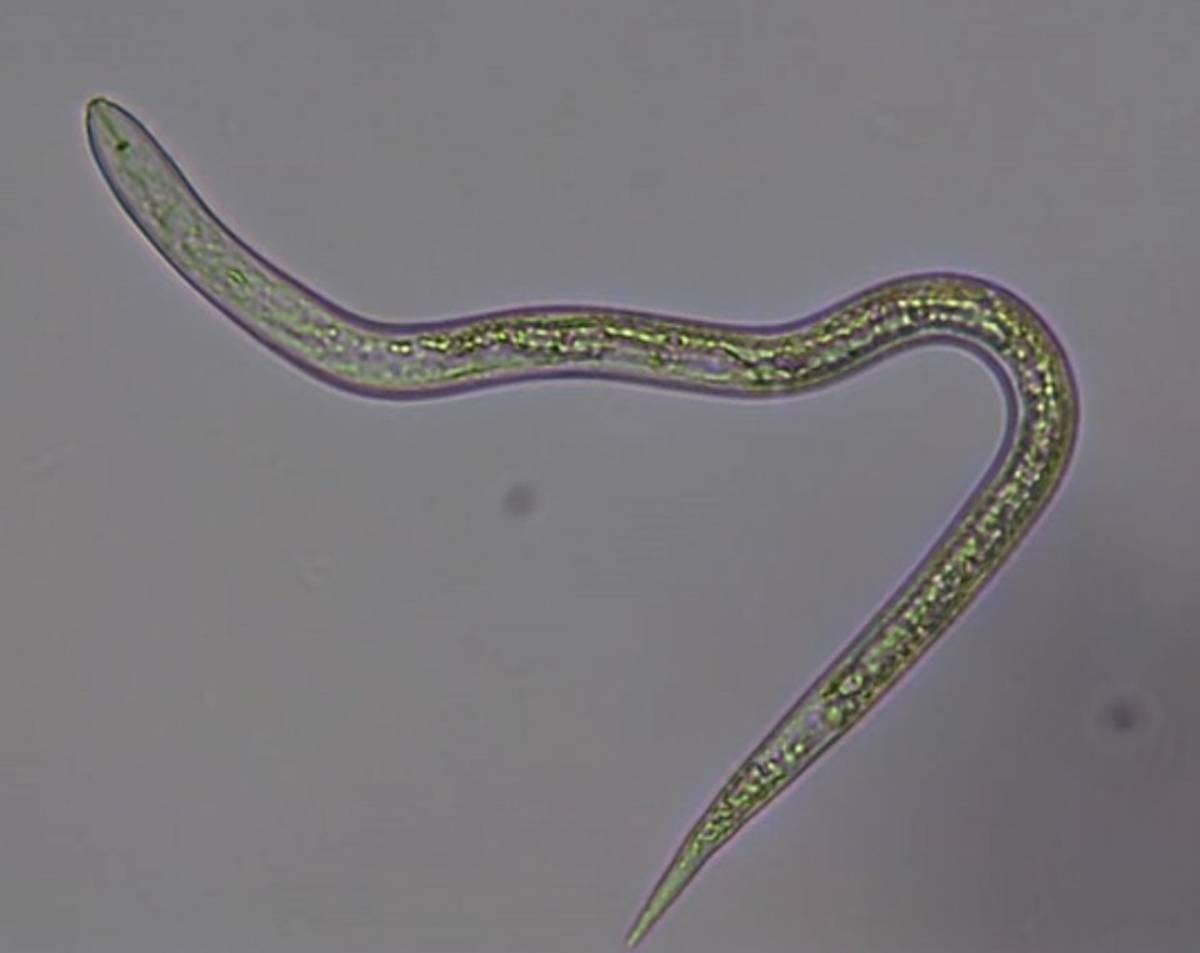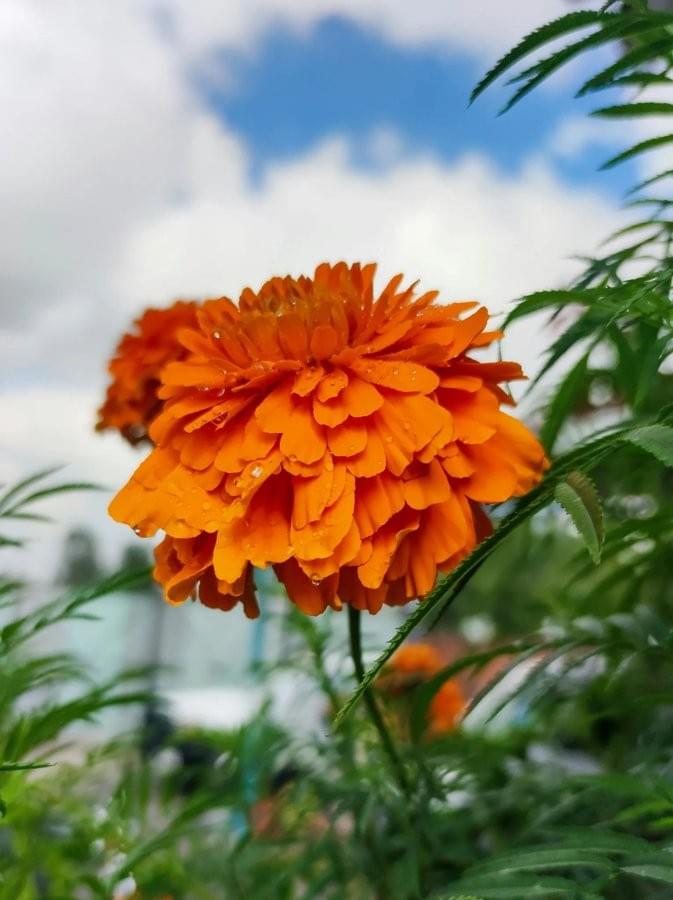

Hokianga Heirloom Tomatoes
Marigolds Everywhere!
When companion gardening becomes biocontrol.
I wanted to understand why marigolds are so widely praised by gardeners. So I stepped out from the familiar gardens of companion lore and into my old fields of research, dusting off the lab coat spirit in me and crossing into the world of biocontrol. I just had to put on my ecologist hat, and what I found was remarkable.
Come with me into the unseen world of Marigolds, let’s get molecular.
Root-knot nematodes (RKN), Meloidogyne species, are a global threat to crop yields (Jones et al., 2013), especially for tomatoes, which share the same family as potatoes. These microscopic pests are notoriously hard to detect and even harder to control. With increasing restrictions on harmful chemical treatments, the search is on for sustainable, soil-friendly alternatives.
And yes, marigolds are turning out to be powerful allies.
Why are RKN so tricky to manage?
- They are excellent at hide-and-seek, remaining hidden in plants and soil.
- Polyphagous, meaning they feed on many types of plants, and once they latch onto the roots of your tomato crop, they can wreak havoc: stunted growth, wilting, root galls, and nutrient lockout that leads to chlorosis.
- They love hot summers and short winters, making many of our gardens the perfect home.
But here's the good new!
Marigolds don’t just look pretty. The right varieties can disrupt the nematode life cycle, release natural biochemicals, and tip the balance back in your favour.

“The beauty of a living thing is not the atoms that go into it, but the way those atoms are put together.”
Carl Sagan
Know Thy Enemy
The Secret Life of Nematodes — And Why You Should Care
In gardening, as in life, wisdom begins with observation. To "know thy enemy" is not about waging war, it is about understanding the forces that shape our gardens, both seen and unseen. Among the most elusive of foes are the root-knot nematodes (genus Meloidogyne), microscopic soil dwellers that do not simply feed on plants — they manipulate them.
Important to note that not all nematodes feed on roots of plants, some feed on fungi and microbes and are beneficial.
Hijackers

Image credit: Meloidogyne incognita juvenile (J2 stage), a root-knot nematode responsible for galling in tomato roots.
Image source: Wikimedia Commons, Public Domain
Original contributor: William Wergin and Richard Sayre, USDA Agricultural Research ServiceThese nematodes have evolved the ability to hijack plant cellular processes (Favery et al., 2016). They inject chemical signals that reprogram root cells into large, multinucleate feeding structures known as galls. These galls become nutrient factories, crafted not by the plant’s design but by the will of its parasite. The nematode completes its life cycle in secrecy, underground, out of sight, but not without consequence. Stunted growth, reduced yield, and plant decline all follow.
Did you know?
One juvenile nematode (J2) is smaller than a grain of pollen, yet it can hijack an entire root system to feed its hunger. As it matures, the female swells into a shape resembling a fat grain of rice. Hidden deep in the roots, she anchors herself and begins pumping out hundreds of eggs in gooey, amber-colored clusters. These turn our tomato plants into baby-making factories.
And those galls you see on the roots? They're not just damage, they’re the result of cellular manipulation. The nematode rewires plant tissue, turning roots into nutrient-packed smorgasbords.With understanding comes power
Early detection: Spotting signs of nematode infestation allows gardeners and growers to act before damage spreads.
Strategic planting: Knowing nematode biology helps us select non-host or trap crops like Crotalaria juncea, or design smart crop rotations that interrupt their life cycle.
Harnessing knowledge for organic control: Rather than relying on harsh chemical fumigants, we can leverage nature’s own defenses, marigolds, biofumigant brassicas, and beneficial soil microbes to suppress nematodes with greater precision and care.
Science as prevention: The more we learn about how nematodes manipulate plants, the closer we get to breeding resistant cultivars and designing ecological solutions that restore soil balance.Mātauranga meets modern science
To study nematodes is to uncover a hidden story: one of biochemical trickery, plant vulnerability, and resilience strategies waiting to be rediscovered through both mātauranga and modern science.
In the end, to know our enemies, even the tiny ones, is to become better guardians of the life we steward.

“Science did not invent what plants do. It simply brought the invisible into the light, by tracing the path of metabolites and exposing their quiet mechanics in the realm of biochemistry.” - Serena Anderton
Natural Nematode Control & Companion Wisdom
Ancestral Knowledge, Rooted in Gold
Why should I add Marigolds to my tomato patch?
When are Marigolds most potent?
How to use Marigolds effectively?
What's a secondary metabolite and why are they so important?
Do Marigolds secrete something that blow up a nematode?
What's the rhizosphere and why is it so crucial?
How does the key nematicidal compound work?
Are all Marigolds equal or are some cultivars more powerful at smokin' the nematode?
Traps for young players and what you need to know?
Information Sources
© 2025 Tomato Love | Epic Tomato Source for heirloom seeds and seedlings grown in Hokianga. Cultivated with love, history, and mana.
“He iti, he pounamu.”



